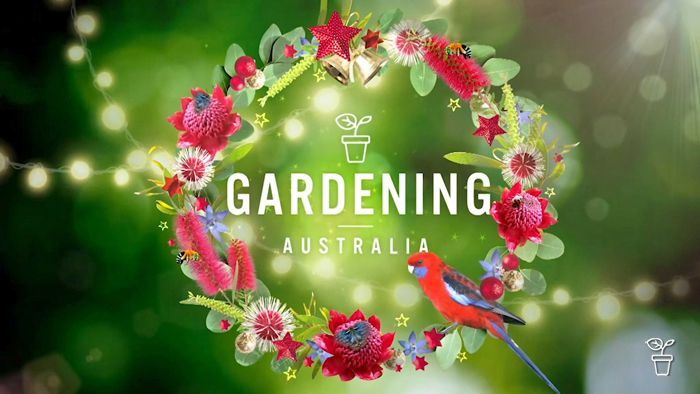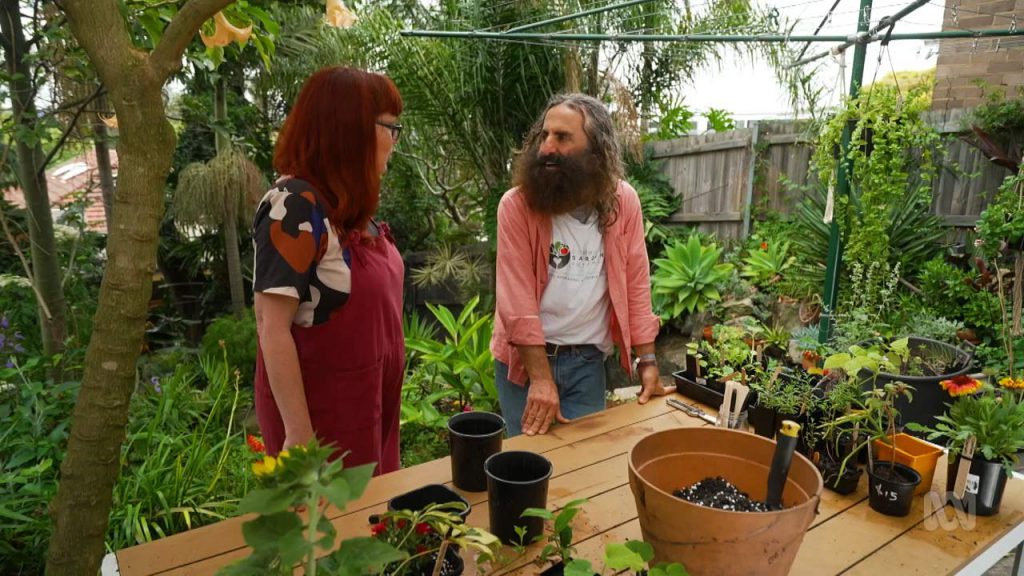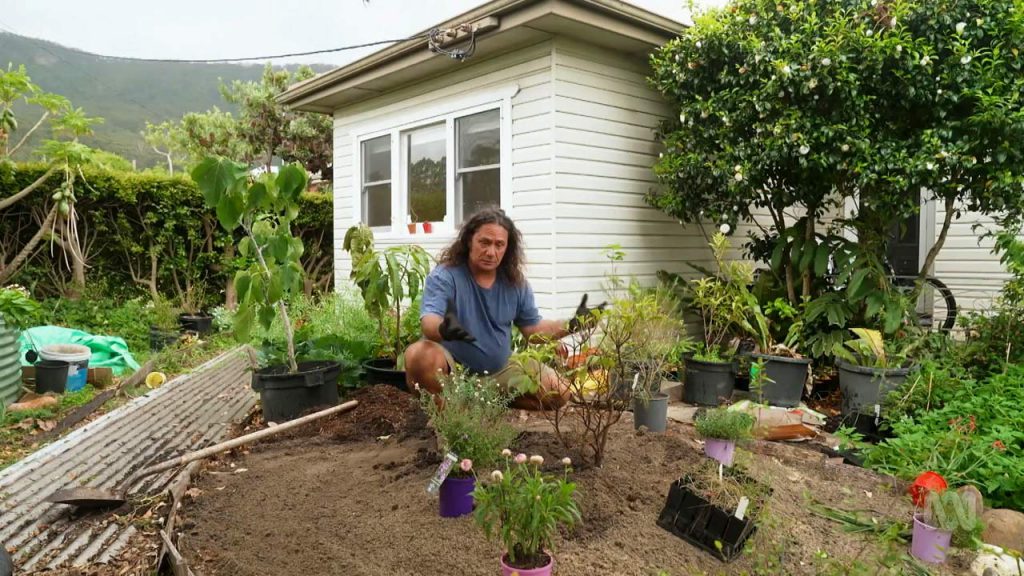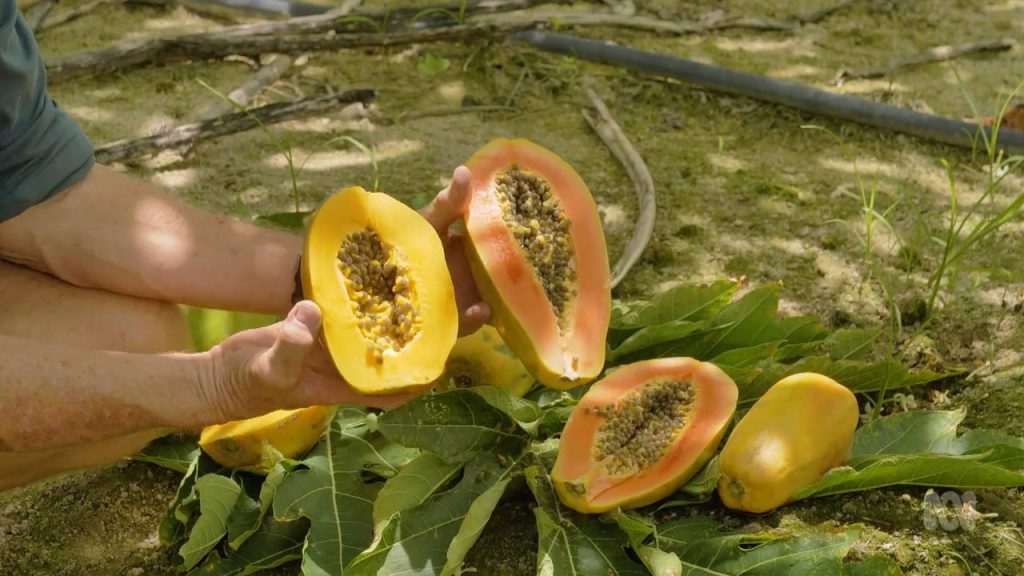Gardening Australia episode 14 2022: Costa Georgiadis goes behind the scenes at Ballarat’s Begonia Festival, Jane Edmanson visits radio host Zan Rowe, Tino Carnevale shows how to test soil pH, and Millie Ross meets a gardener growing lots of exotic edibles.
Inspiring, entertaining and full of practical advice, join Costa Georgiadis and the team as they unearth gardening ideas, meet avid gardeners and look at some of the most inspiring gardens from across the country.
Gardening Australia episode 14 2022
Ballarat Begonias
Costa goes behind the scenes at the Ballarat Begonia Festival to meet the team who care for them and then gets some tips on propagating these colourful beauties. Curator Peter Marquand has worked at the Ballarat Botanical Gardens for over 30 years, overseeing one of the biggest begonia collections is in the world. “We grow over 2,500 thousand of them so it’s a staggering number of plants,” he said.
With so much colour and variation amongst the plants they’re hard to describe. This collection houses two types of begonias, the tuberous and the-non-tuberous begonia with “insignificant” flowers but with interesting leaves. The tuberous begonia also includes the pendulous form best suited to hanging pots as they naturally hang. “I don’t know of other plants that have that much variety, and they’re pretty stunning,” Peter said.
There is a trick to creating such large flowers. The staff remove the female buds, so the plants don’t produce seed, instead putting all their energy into the remaining male flowers “The male flowers are naturally bigger anyway, and their purpose is to be really showy,” Peter said. While the plant originated from South America, Ballarat, one of Australia’s oldest and at one time richest cities, thanks to the gold rush, has been in love with begonias for more than a century. The gardens started in 1857 at a time when many of the nurseries were experimenting with begonias.
How Does Your Garden Rowe?
Jane calls in on ABC radio host Zan Rowe to check out her garden and offer some advice. Zan Rowe is host of Double J mornings, the ABC national music correspondent, co-host of popular podcast ‘Bang On’ and now a gardener! Since “inheriting” a courtyard garden built up over 20 years by the previous owner, Zan has strived to be a “good custodian” of the space. Presenter Jane Edmanson is here to give some advice and lend a hand so Zan can continue enjoying this lush sanctuary.
Jane suggests some new plants to fill some of the gaps in the courtyard. Firstly, Jane offers Zan cuttings from a Silver Spurflower from her own garden (Coleus argentatus syn. Plectranthus argentatus). “These lovely silvery grey leaves will really brighten up this dark space,” Jane says. Then it’s Jane’s favourite plant Lemon Verbena (Aloysia citrodora) and Spiny-headed mat-rush (Lomandra longifolia). “Lomandra longifolia is really tough. “It will grow in full sun, but it will also handle the dense shade of this corner.”
Jane has selected a climber for the bare fence – Pandorea jasminoides ‘Lady Di’. “It’s a beautiful native one. “They’re just prolific,” she says. Jane has placed a little bit of wire up the fence to encourage it up. “Once the climber gets up a bit, there will be a great view of it from one of the windows in the house.”
Soil pH-un
Tino shows how to test the pH of your soil, and what it means for your plant choices. Healthy plants need healthy soil that can hold and supply the right amount of moisture and nutrients. The pH of soil is the measure of alkalinity or acidity of the soil, or in technical terms, the amount of hydrogen ions present. It can vary depending on where you live or how soil has been managed, and it can affect the type and amount of nutrients plants can access.
Indoor Inspo – Gardening Australia episode 14 2022
Guest presenter Tammy Huynh shows how to choose the right plants to create an indoor oasis, no matter where you live. A good rule of thumb is to choose plants based on the amount of time you have to look after them. If you’re time poor, then go for plants that are easy care and don’t need a watchful eye. Hoyas are great trailing plants that can withstand dry periods, Peperomia obtusifolia and dieffenbachias have variegated cultivars that make an impact, and homalomena or monstera can make a big, green statement with little effort.
Sunita’s Food Forest
Millie visits a beginner gardener who has quickly learnt to grow all her favourite food plants and knows exactly how best to cook them. Sunita Rawal has transformed just about every inch of her suburban yard in the western suburbs of Melbourne. It’s an all-consuming passion for the ex-IT student from India who now calls Australia home. Having lived in an apartment in Mumbai with only a balcony, Sunita’s tackled gardening with no previous experience, and yet has managed to turn her front, back and side gardens into an edible fruit and veggie paradise.
“I have watched so many YouTube videos and I have tonnes and tonnes of books, so that has really helped,” she said. Unsure of her success, Sunita began with growing herbs then pumpkins, and after harvesting a “bumper” crop there was no turning back. “I was so excited and then I just started with everything,” she said. To maximise the use of space in the front yard Sunita has used potted containers to grow her produce.
Top Tip: Citrus Leaf Miner – Gardening Australia episode 14 2022
Josh shares his tips on how to manage and treat citrus plants affected by citrus leaf miner. Autumn is a fantastic time to get into the garden, with cooler weather and fresh Autumn mornings drawing you outside to look around and check out your plants. This time of year, keep an eye on your citrus leaves to look for the tell-tale signs of Citrus Leaf Miner (Phyllocnistis citrella).
This small night-flying moth loves this time of year as much as we do, but it is its larvae that do the real damage to your plants. The female lays her eggs on new growth of citrus leaves. When they hatch, the larvae burrow under the leaf, causing stunted growth as seen on Josh’s trees. Leaving the miner unchecked reduces the tree’s ability to photosynthesise. While Leaf Miner won’t kill the tree, it will be stunted, unhealthy and have a greatly reduced fruit yield.
If you see silver squiggles on your foliage, you know it’s time to take action.




